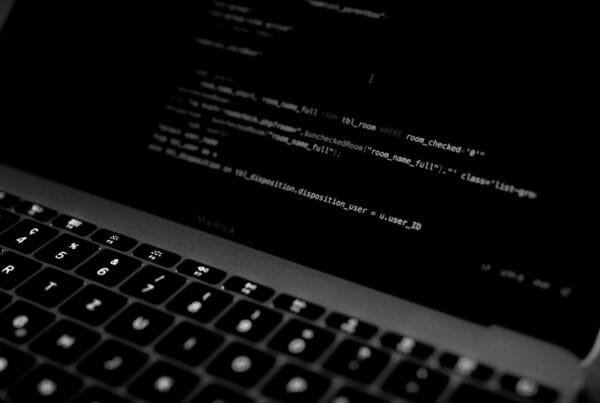If you’re running out of storage space on your Windows PC, you might be wondering where all your data is going. Whether you’re a Ronkonkoma-based business owner, a Hauppauge law firm, or a marketing agency in Smithtown, understanding your storage usage can help you free up space and optimize your computer for better performance.
At ETS IT Solutions, we help local businesses manage their IT needs, ensuring their systems run smoothly. Here’s how you can quickly check what’s taking up the most storage on your Windows PC.
Step-by-Step: How to Check What’s Using Up Storage on Windows
Step 1: Open the Settings Menu
Click the Start button (Windows logo) in the bottom-left corner of your screen. Then, select Settings (the gear icon).
Alternatively, press Windows + I on your keyboard to open the settings directly.
Step 2: Go to “System”
In the Settings window, click on System. This will open the system settings where you can adjust display, notifications, and storage.
Step 3: Click on “Storage”
On the left sidebar, click Storage. You’ll now see a breakdown of your storage usage, including details like how much space is being used by apps, documents, system files, and more.
Step 4: View Storage Breakdown
Under the Storage section, you’ll see a summary of your available and used storage. To get more details, click on Show more categories. Here, you’ll find:
Apps & features
Temporary files
Documents, Pictures, and Videos
System files
Other files
Step 5: Explore Detailed Usage
To dive deeper into each category, click on the respective section. For example, if you click on Apps & features, you’ll see a list of all your installed applications, sorted by the amount of storage they consume. You can choose to uninstall apps that you no longer need.
Step 6: Use “Storage Sense”
Windows 10 and 11 come with a feature called Storage Sense. This automatically frees up space by deleting temporary files, emptying the Recycle Bin, and cleaning up system files.
To enable it, go back to the Storage settings, click Storage Sense, and turn it on. You can also configure it to run periodically or when your storage is low.
Extra Tips for Managing Storage
Clear Temporary Files: These files build up over time and can take up significant space. To delete them manually, click Temporary files in the Storage settings.
Move Files to an External Drive: If you have large files (e.g., videos or backups), consider moving them to an external hard drive to free up local storage.
Cloud Storage: Utilize services like OneDrive or Google Drive to store files online and free up space on your PC.
Disk Cleanup Tool: Windows has a built-in Disk Cleanup tool that can be used to delete system files, logs, and other unnecessary data. Simply search for “Disk Cleanup” in the Start menu.
How We Can Help Your Long Island Business
If you’re managing multiple computers across your business, it’s important to keep track of storage on all devices. At ETS IT Solutions, we assist Long Island businesses with:
Regular system health checks
Data backup and recovery solutions
IT support for maintaining storage efficiency
Assistance with cloud services and storage management
Need help organizing your business data or setting up a more efficient storage system? Contact ETS IT Solutions, your trusted IT partner in Ronkonkoma, serving businesses across Long Island.





